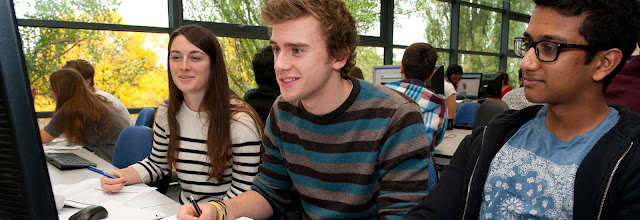Plagiarism is the term most associated with the research work. It is very common and known for decades but with the advancement of technology, it becomes popular. The advancement in technology has resulted in many tools and software for the detection of plagiarism that has made it quite difficult for any individual to copy someone else work, ideas, or creativity. There are different types of plagiarism that most common people may don’t know. This article by a dissertation help firm will cover information about the most common types of plagiarism.
Types of Plagiarism:
- Direct Plagiarism: the word to word copy-paste of someone else work or idea without citation or credit is considered as direct plagiarism. This type of plagiarism is easily detected and can lead straight to legal action and penalties.
- Mosaic Plagiarism: Mosaic plagiarism is also known as patchwork in which a person follows the same writing structure of the original writer and use synonyms for phrases or write the work without quotation. It is also known as paraphrasing (writing someone else works in your own words but keeping the same structure). Sometimes this type of plagiarism is done by individuals unintentionally where they even forget to cite the source or they just thought that they are their own words. In this type of plagiarism if you footnote for referring to the source and don’t provide the proper citation or use quotation marks you can still be a charge with plagiarism.
- Self-plagiarism. The third type of plagiarism is self-plagiarism where a writer copies or uses his own already published/written work. You might think that how the use of work by the same author can be considered plagiarism. When a writer makes any of his writing published it also involves the publishing authority. In the case of students, it involves supervisors and professors. So before the reuse of previous work permission of those publishers, supervisors, or professors is also required.
- Accidental or Unintentional Plagiarism: the name shows that any type of reuse of someone else work or idea unintentionally is called accidental or unintentional plagiarism. This might occur if the writer forgets to cite the source or writer.
- Complete plagiarism is the most serious type of plagiarism where a specialist takes a composition or study that another person made, and submits it under their name. It is equivalent to scholarly burglary and taking.
- Source-based Plagiarism: Plagiarism may happen on account of the different kinds of sources. For instance, when an analyst references a source that is off base or doesn't exist, it is a deceptive reference. Plagiarism additionally happens when an analyst utilizes an optional wellspring of information or data, however just refers to the essential wellspring of data. Both these sorts lead to an expansion in the number of reference sources. This, thus, expands the reference number of the references.
- Information creation and falsification: information manufacture and falsification are likewise types of plagiarism. Information manufacture is the making up of information and exploration discoveries, while information falsification includes changing or precluding information to give a bogus impression. The outcomes of this kind of plagiarism can be grave, especially with regards to clinical exploration, since it can antagonistically influence clinical choices.
- Global plagiarism: Global plagiarism implies taking a whole work by another person and making it look like your own. If you get another person to compose an exposition or task for you, or if you discover a book on the web and submit it as your work, you are submitting plagiarism. Since it includes intentionally and legitimately lying about the initiation of work, this is one of the most genuine kinds of plagiarism, and it can have serious outcomes.
- Verbatim plagiarism: You submit verbatim plagiarism when you legitimately duplicate content from a source and glue it into your record without attribution. If the structure and most of the words are equivalent to in the first, at that point it is verbatim plagiarism, regardless of whether you erase or change two or three words to a great extent. If you need to utilize a creator's careful words, you have to cite the first source by placing the duplicated text in quotes and incorporating an in-text reference.
Tags
Types of Plagiarism

